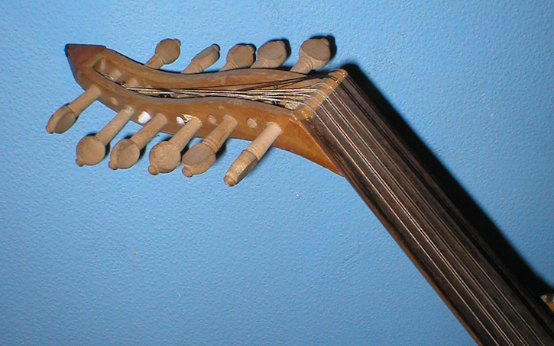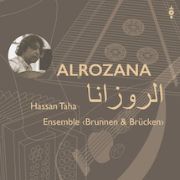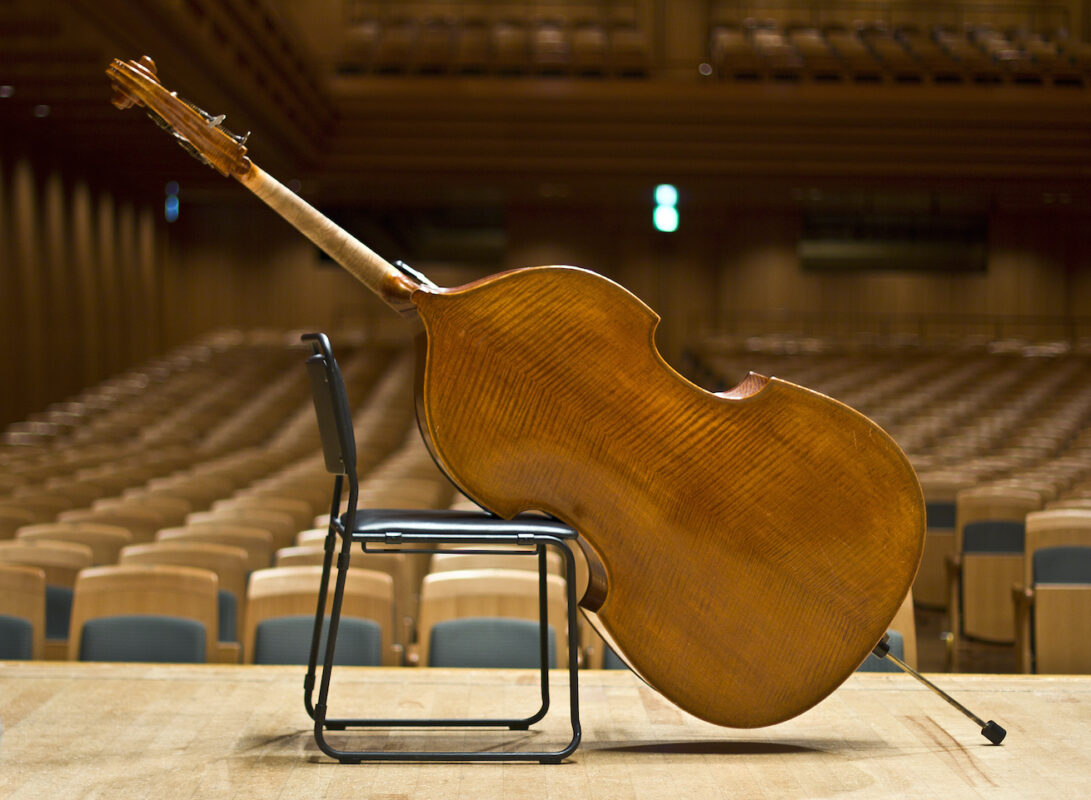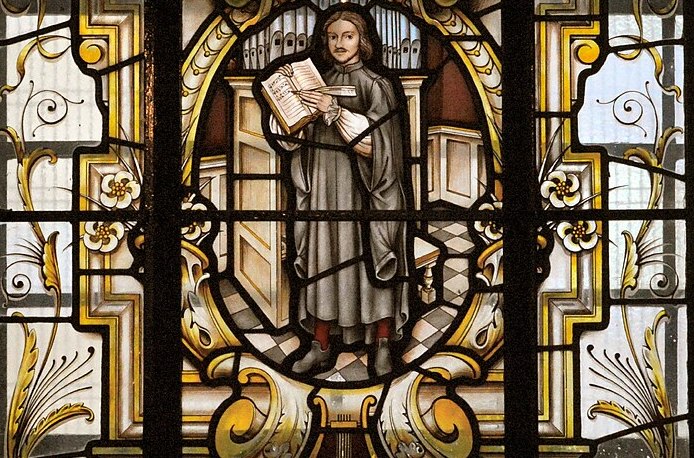Syrian-Swiss bridge-building
The CD "Alrozana" offers arrangements of songs performed by interpreters and with instruments from both cultures.

The Syrian composer, oud player and arranger Hassan Taha does not live in our country entirely by choice. He settled in Bern as a refugee and turned his ears to the musical traditions of his new homeland - in search of an emotional bridge between his country of origin and Switzerland. According to the booklet, the name of his ensemble "Brunnen & Brücken" ("Fountains & Bridges") stands as a "metaphor for a lively and unifying communication between peoples, carried, as it were, by the primal element of water". The symbolism is not immediately obvious, but is not explained further. The CD Alrozana combines Bernese and Syrian songs, orchestrated with an ensemble of strings, alphorn, hammered dulcimer, Schwyzerörgeli and the Arabic lute oud. The singers are the Swiss Barbara Berger and the Syrian Najat Suleiman. Taha's arrangements are original, the tonal details are surprising and the ensemble of mainly Swiss folk music instruments often sounds exotically transformed. It seems obvious that an arranger was at work who did not fall into the trap of reproducing sound and form clichés many times over, which would probably prevent musicians in this country from breaking new ground. The ensemble is led by Hans Martin Stähli. As a music teacher at a Bernese grammar school and choirmaster, he has a wealth of experience in arranging folk songs as well as intercultural music projects.
The numbers, including the Syrian ones, all have a similar style, faster titles are missing, which makes the compilation somewhat monotonous. The icons of Bernese song are included: Simelibärg and It's not a special tribe, the first row of cows that - especially in the Freiburg version of the Ranz des vaches - is often referred to as the Blues of the Alps; Always i Truurea deeply sad song (in a major key, of all things!) and the elegiac Lueget vo Bärge and Tal. The original medieval Senfl song clearly falls outside the grid It's day before the forest. The original is characterized by a Lydian fourth, which also characterizes alphorn music. In contrast, the vocal line sung here seems romantically soft. The choice and function of this song, the only one performed in High German, therefore remain a mystery. Thanks to all the key characteristics, it might have been possible to find a few more interfaces to the differentiated scale world of Syrian-Arabic music.
The major of Always i Truure reveals the ambiguity of the Bernese folk song aesthetic, which conceals suffering and pain with simplicity and apparent harmlessness. In Hassan Taha's arrangements, on the other hand, the songs experience a sometimes seemingly harsh shortness of breath, which is emphasized by the recording aesthetics. The room seems bare and the instruments are closely miked. A softer sound would perhaps have softened this relentlessness somewhat. On the whole, however, the project testifies to an intensive and stimulating examination of the similarities and incompatibilities of Central European and Middle Eastern expressivity.
Alrozana. Hassan Taha; Ensemble Brunnen & Brücken, conducted by Hans Martin Stähli. Zytglogge ZYT 4649









